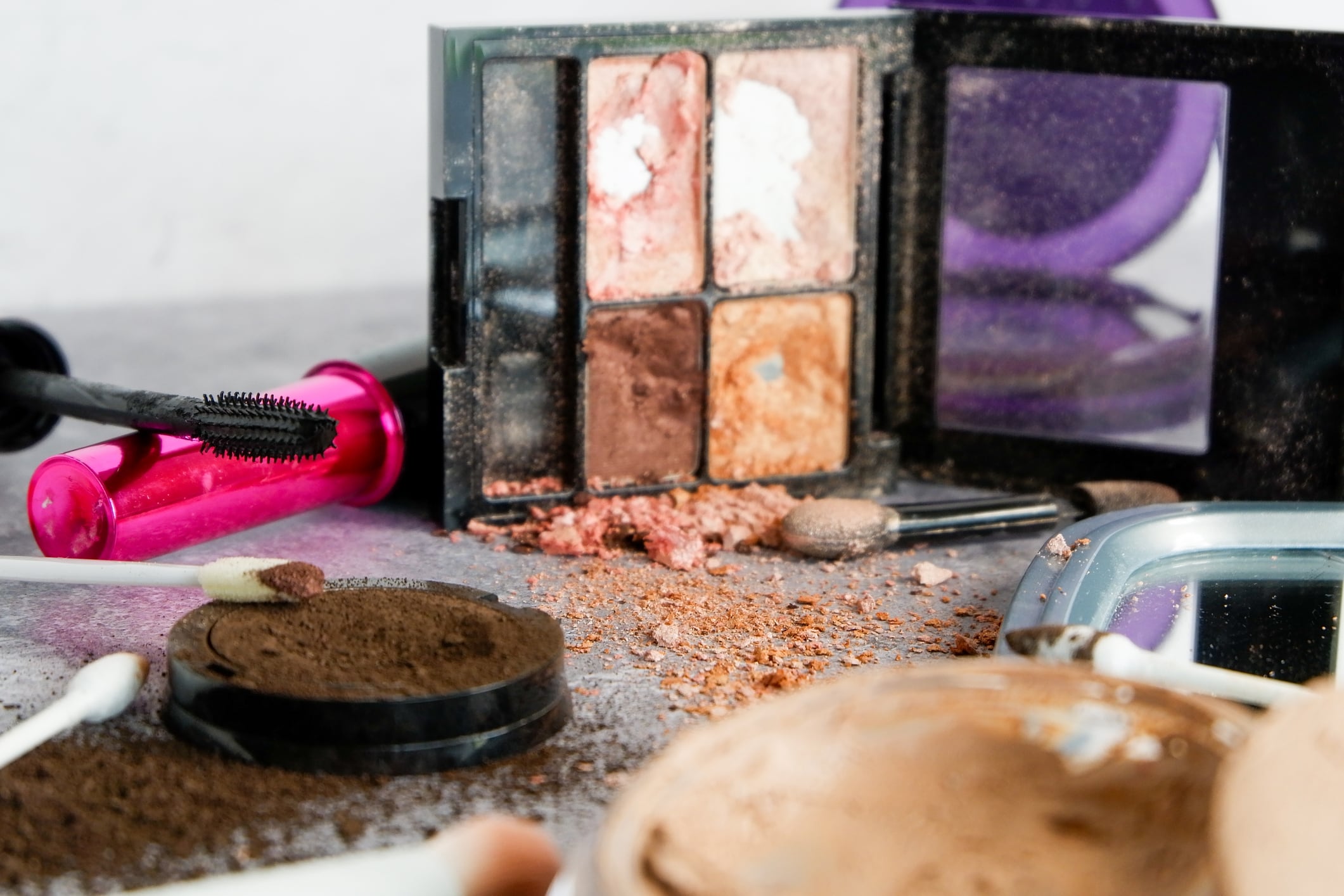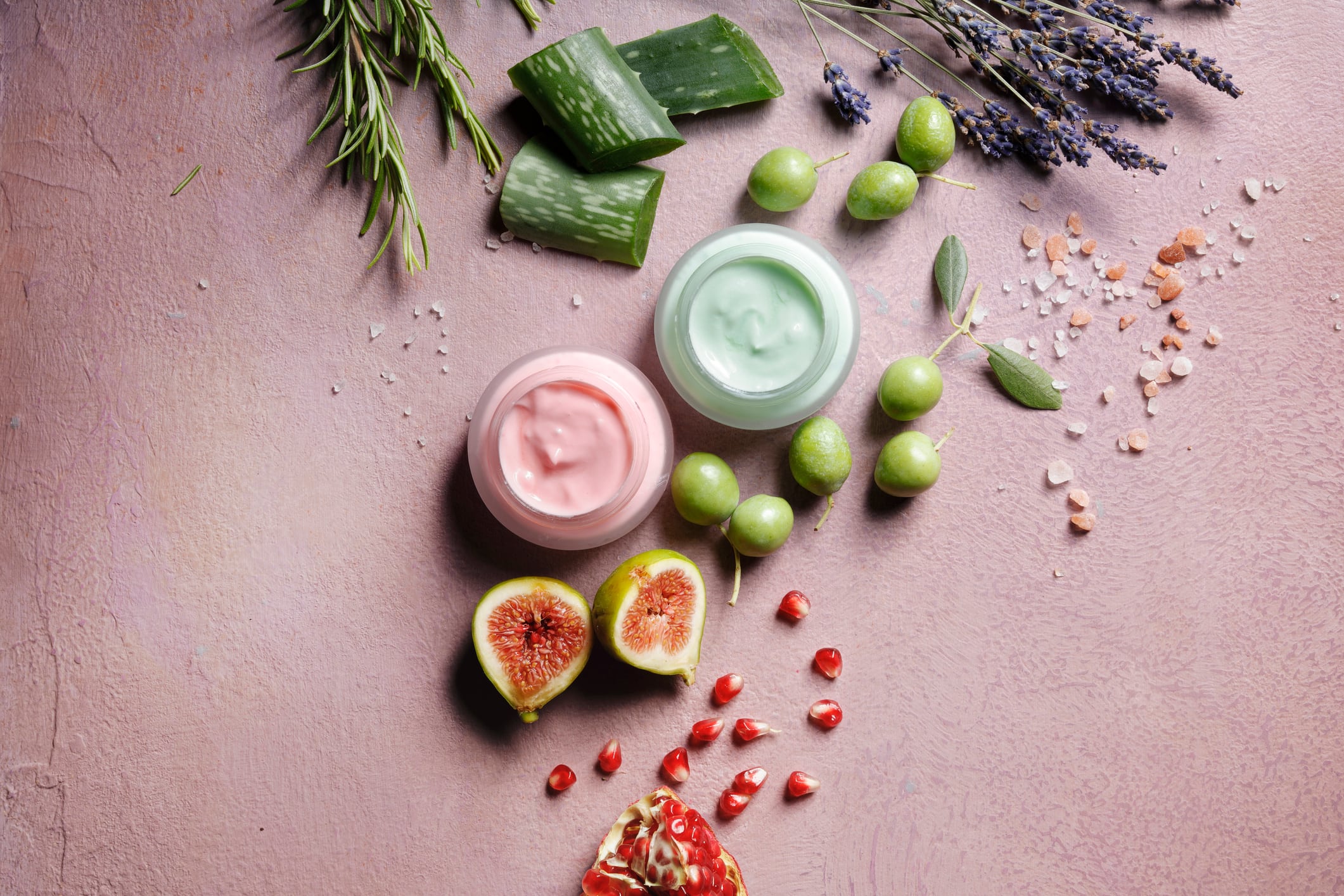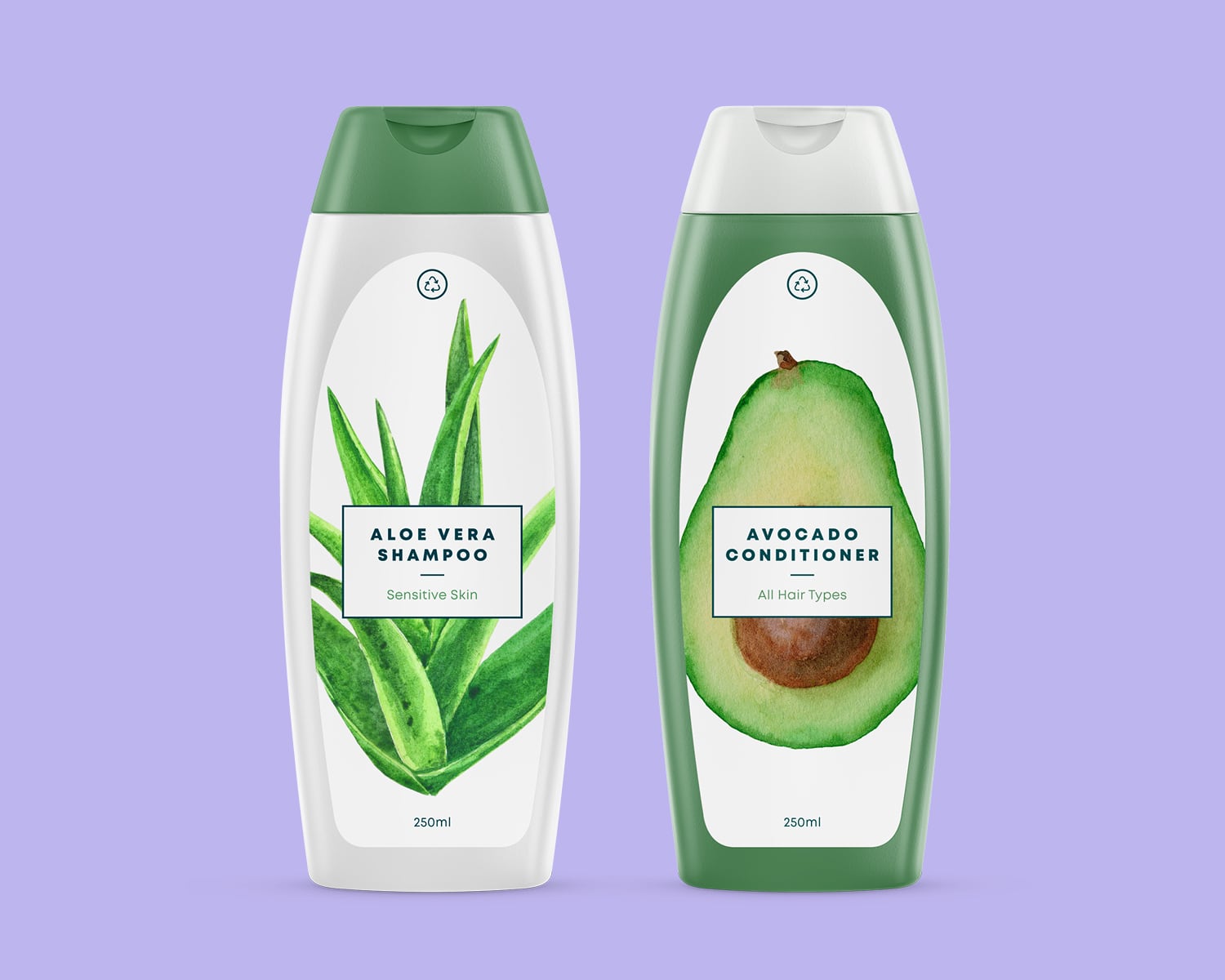In its recently released 2024 Impact Report, Pact Collective reported record growth, including the collection of 227,000+ hard-to-recycle materials (three times more than in 2023). As detailed in the report, the organization now includes over 150 members like Ulta, Sephora, Summer Fridays, Glow Recipe, Fenty, and L’Oréal USA and, supports more than 3,300 in-store collection bins across the United States and Canada.
Major retailers, including Ulta, L’Occitane, and Nordstrom, also joined or transitioned to Pact’s platform in 2024, reinforcing Pact’s growing role in standardizing and scaling sustainable beauty packaging solutions.
Consumer engagement and material recovery are up
“Pact is dedicated to precompetitive collaboration, meaning we unite beauty companies to work together to address our packaging waste,” Carly Snider, Executive Director of Pact, told CosmeticsDesign US. “This unified approach allows consumers to engage with our programs anytime, anywhere, and with consistent instructions at any drop-off location.”
According to the report, consumer engagement with Pact’s take-back program more than doubled year over year. The organization attributed the 2024 increase to a focused effort on education, including expanded in-store signage and retailer staff training.
“Pact’s unwavering commitment to robust education fuels the quality, participation, and growth of our program,” Snider told CDU. “We empower stakeholders to run programs effectively through hands-on support, specialized tools, and ongoing connections.”
Pact also reported a 4.5x increase in recovered materials from expired, damaged, or returned goods, which the report noted is an often-overlooked category of beauty industry waste.
“Customer packaging waste is only the tip of the iceberg,” she said. “The beauty industry’s obsolete inventory and unsellable goods may result in billions of units being incinerated or ending up in landfills, [and] this represents one of our industry’s biggest opportunities for impact.”
Snider emphasized that integrating recovery practices into the broader supply chain is critical to reducing the environmental impact of these materials. “All parts of the supply chain must consider alternatives to landfills for this material to genuinely eliminate unnecessary beauty waste,” she added.
Prioritizing high-value end uses
The report also detailed Pact’s strategy for ensuring that recovered materials are put to the highest possible use. Specifically, the nonprofit will only collaborate with partners who “must adhere to strict protocols designed to consider environmental and social factors alongside profit,” Snider said. “We prioritize mechanical recycling whenever possible, followed by upcycling.”
These end-of-life pathways are selected according to Pact’s “highest and best use” hierarchy, aiming to maximize the environmental value of each recovered item.
Scaling solutions across the supply chain in 2025 and beyond
Looking ahead, Snider shared that Pact will focus on continued member support, tracking the evolving extended producer responsibility (EPR) landscape, and broadening consumer participation.
“We’ll continue to service our members, support the evolving EPR policy landscape, and encourage greater consumer participation,” she concluded. “If you’re a beauty manufacturer or supplier, join our collective and represent your important role in the beauty supply chain.”





